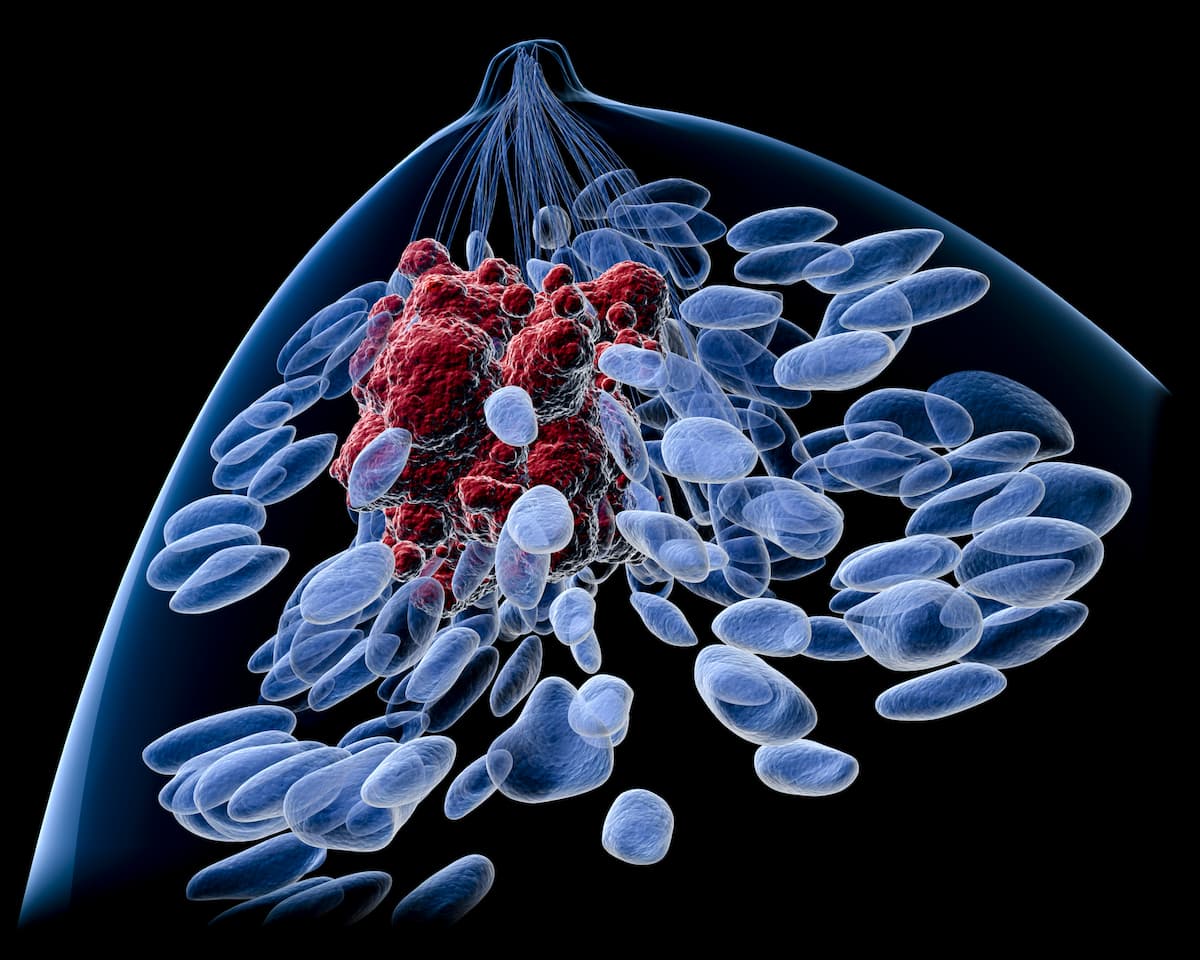Study Shows Post-Mastectomy Disparities in Breast Cancer Minority Groups
Findings speak to the need of cultural, racial, and ethnic inclusion when designing breast cancer trials and developing patient-reported outcome measures.
“[The study findings] really speak to the need of cultural, racial, and ethnic inclusion when we think about clinical trials, developing patient-reported outcome measures, decision tools, and how we provide cancer care in the real world," according to study author Rachel A. Greenup, MD, MPH.

Public accounts of “living flat”—the act of foregoing reconstruction following mastectomy for breast cancer—may not reflect the physical, psychosocial, and interpersonal obstacles among patients of racial and ethnic minorities based on factors such as cancer stigma, privacy around breasts, and spirituality, according to findings from a community-partnered study published in Annals of Surgical Oncology.
Within communities of racial and ethnic minorities, surveyed individuals reported difficulties related to discussing their cancer diagnoses and receiving treatment for their disease, especially when it pertained to the breast. Stigmas surrounding cancer limited knowledge of breast cancer-related family history, which affected individuals’ ability to undergoing screening, delayed evaluations and diagnoses of disease, and reduced the likelihood of patients sharing their diagnoses.
“Many women of color reported this kind of cultural privacy or stigma around talking about cancer in general,” senior study author Rachel A. Greenup, MD, MPH, stated in an interview with CancerNetwork®. “Although talking about breast cancer is really open in many communities, our study participants reported that it was a very private topic. It impacted their ability to get timely screening, timely care for some [individuals], and then the support that they needed during treatment.”
Greenup is an associate professor of surgery (oncology); section chief of Breast Surgery, Surgery; and co-director of the Center for Breast Cancer at Yale School of Medicine in New Haven, Connecticut.
Among 90% of surveyed individuals, spirituality was noted as being somewhat to very important in their lived experiences following mastectomy. Individuals reported that their faith helped them cope with the loss of their breast(s) and become more comfortable with their new bodies.
“We don’t really talk to patients about [spirituality] in the clinical setting,” Greenup explained. "It’s not included in decision tools, and it’s not addressed in many of our patient-reported outcomes; it was really key for many of our study participants.”
On top of cancer stigma, spirituality, and privacy around breasts, other key themes surrounding the omission of reconstruction after mastectomy included finding support through shared experiences, the idea of sacrificing one’s breast for life or health, familial roles and relationship to the breast, and societal expectations. Although some surveyed individuals consciously decided to forego reconstruction, several breast cancer survivors stated that this post-mastectomy operation was unavailable to them while remaining unaware of the possibility of delayed reconstruction.
“[The study findings] really speak to the need of cultural, racial, and ethnic inclusion when we think about clinical trials, developing patient-reported outcome measures, decision tools, and how we provide cancer care in the real world. We can’t develop tools, measures, or drugs in one cohort and then apply them to diverse populations and expect them to be the same,” said Greenup. “We have been measuring aspects or domains of care that may not be relevant or important to women of color because those tools or measurements were developed in other cohorts.”
According to Greenup, the lived experiences following breast reconstruction and patient-reported outcomes following mastectomy—whether individuals decided to undergo reconstruction or live flat—have been predominantly studied in cohorts of individuals who are White and well-insured. As a result, the stories of women of racial and ethnic minorities who are disproportionately living flat due to disparities in breast reconstruction have been left untold. Greenup and her colleagues aimed to understand how culture, race, and ethnicity may impact this post-mastectomy experience.
Investigators of this study conducted semi-structured interviews with patients 18 years and older who underwent prior mastectomy and did not receive subsequent reconstruction for breast cancer from 2013 to 2022. Based on principles from community-based participatory research, investigators organized a diverse interdisciplinary team consisting of experts in breast oncology, sociology, and community-based participatory research. Additionally, study authors focused on recruiting patients from diverse cultures.
Individuals who were eligible for inclusion in the study completed a sociodemographic and health questionnaire, which consisted of multiple-choice questions and self-selected, open-ended, and self-reported race and ethnicity. Additionally, individuals participated in an hour-long video interview intended to characterize their lived experiences with foregoing post-mastectomy reconstruction, which included a focus on race and ethnicity, culture, and community.
The cohort included 20 women who completed the study interview. Most individuals identified themselves as Black (60%; n = 12) followed by Asian (20%; n = 4), multiracial (10%; n = 2), Latina (5%; n = 1), and White (5%; n = 1). The mean age at diagnosis was 53.5 years (range, 34-78). Most individuals were currently married, partnered, or living with a partner (50%); described religion as being very important (80%); graduated from college (40%); and had employment-based health insurance (45%).
“I would encourage all families and all individuals from different cultural backgrounds to share their family history of cancer. It has a critical impact in terms of screening and cancer prevention for other family members. It can be difficult to have those conversations, but it is information that can be very powerful for future prevention,” Greenup concluded.
Reference
Khubchandani JA, Suttiratana SC, Washington R, et al. Living flat: stories from women of color after mastectomy. Ann Surg Oncol. Published online October 15, 2024. doi:10.1245/s10434-024-16337-y
How Supportive Care Methods Can Improve Oncology Outcomes
Experts discussed supportive care and why it should be integrated into standard oncology care.